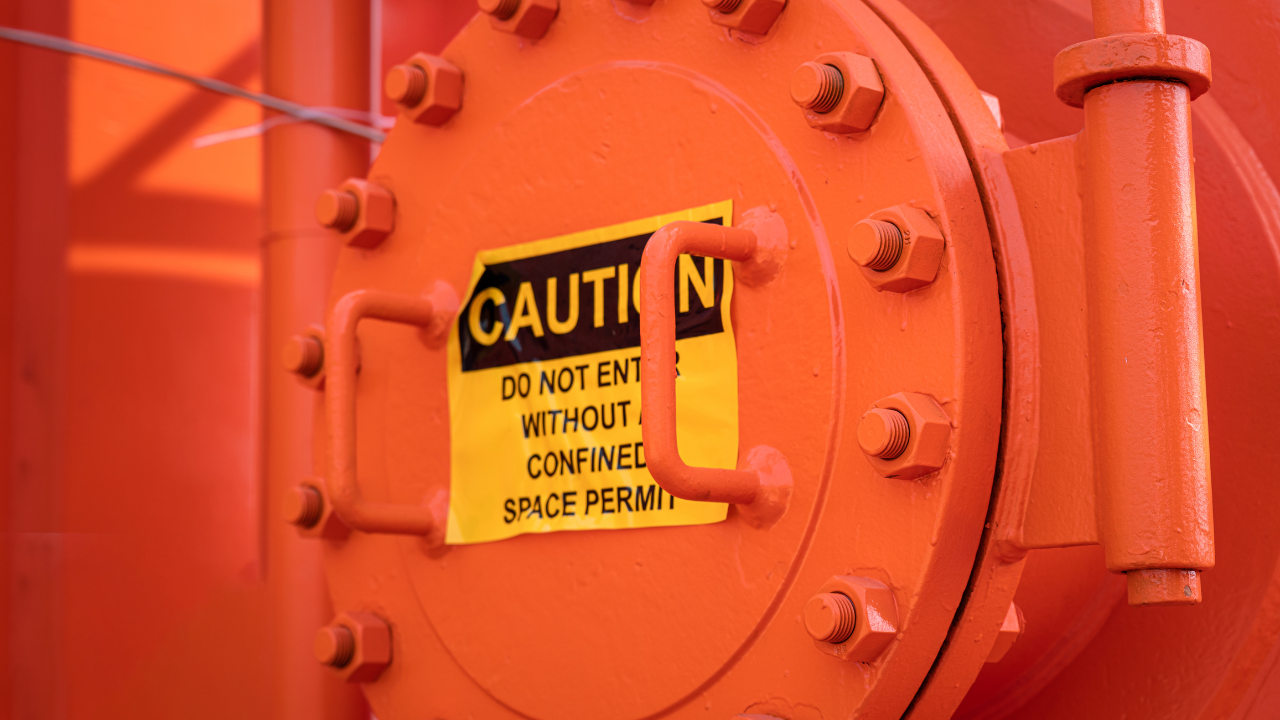The Totally Responsible Individual: Dealing with Chaotic Events
Jim Dawson, Reliable Plant
A chaotic or traumatic event can happen to anyone at any time or place. Would you be ready if it happened to you?
Anything that threatens your sense of safety and security either physically or mentally can be considered a traumatic event. How well you respond to and recover from such events primarily depends on your overall state of well-being. Let’s look at ways to develop the Internal Resources and External Resources you need to put yourself in the best possible position to deal with chaotic events.
Strategies for responding
Your response to a threatening situation depends on a number of factors including your past experiences, training, self-confidence, physical fitness and emotional resilience.
More importantly, your initial assessment of the situation determines your ultimate reaction and adjustment to it. If you are tired or chronically stressed, if you don’t eat properly or get enough exercise, you can’t think as clearly or act as effectively as the situation may require.
In addition to taking responsibility for your well-being, two strategies you can use to help you deal with chaotic events are:
- Being aware of your External Resources
- Developing your Internal Resources
External Resources are the things your environment offers to support your safety. They may be a tree to climb, rocks to throw, a cave to crawl into, a desk to hide under, a door to escape through, or a telephone to call for help.
Internal Resources are your instincts, past experiences, self-confidence, psychological attitudes, knowledge base, and ability to express your thoughts and feelings. Instincts govern our basic biological responses and trigger the fight, flight or freeze response. Your nervous system activates your instinctual responses before you have a chance to think, such as when you duck a fraction of a second before you walk into a low-hanging branch.
Increasing your knowledge about what should be done in specific situations will help you know which External Resources to use. Also, when your instincts take over, you will have more Internal Resources to draw on to resolve the situation.
Taking a first-aid class is a good first step. You also can participate in a crisis management workshop and review government Web sites that offer information on what to do in specific emergency situations.
Making decisions
Understanding the steps for making decisions in chaotic situations will increase your chances for developing a successful solution.
- The primary and most crucial step is to clearly assess and identify the problem. This includes determining the level of danger to you and others and how long it will take to give or receive help.
- When you know what you are up against, begin to create solutions by evaluating your Internal and External Resources and the range of alternatives available to you.
- Finally, consider the actions you can take that have the highest probability of working, as well as the risks, costs or consequences of each option.
When you have decided what to do, take the appropriate action and follow through until the situation has been resolved or sufficient help has arrived.
Minimizing the impact
Before takeoff, flight attendants instruct you to notice where the exits are located. That’s excellent advice, especially in today’s world when terrorism offers little to no warning. Pay attention to exit signs at work, in restaurants and theaters. Notice heavy objects that could move, fall or break in an explosion.
At work and at home, keep flashlights and radios, fresh batteries, fire extinguishers, first-aid kits, and bottled water in a convenient location. Know the emergency evacuation route for your area. Create a plan with your family about where to meet and what they should do if evacuation becomes necessary.
You can minimize or stop chaotic situations before they occur by making note of people and vehicles that seem out of place and calling the authorities whenever you are concerned about your safety or the safety of others. Also, don’t allow unauthorized people to enter a secure building where you may work or live. Be firm but polite as they may have a legitimate reason for being there. You can offer to call someone who can assist them once you are inside the building.
Dealing with conflict
Conflict occurs when individuals come together with preconceived ideas about how things should be resolved rather than a sincere desire to work together to find a solution acceptable to both parties.
To control the situation and diffuse tension, remember that people who are upset need to feel that they are being heard. Maintain eye contact and say their name calmly. Use empathetic statements such as, “I understand how you can feel that way…” and sympathetic agreement, “I would be upset too if that happened to me,” and paraphrase what they said. If you think you can help, only offer the assistance you can provide by saying, “What I can do is…”
If you are in physical danger, don’t be afraid to be assertive or to call the police if you can. At work, agree on a code word or phrase such as “Please bring me the red folder,” to alert co-workers should they need to call the police for you.
Taking responsibility
While it isn’t healthy to live in a state of paranoia, it is healthy to observe your environment and to be as prepared as possible to deal with chaotic events. If something makes you feel uncomfortable, it is your responsibility to do something about it.
The most powerful thing you can do is to take care of your own well-being on a daily basis. If you need to, set boundaries around how much time you spend at work and take vacations. When you are rested and in good health, you will have the confidence and clarity of mind you need to assess almost any situation, make decisions and take appropriate action. You also will be able to help yourself and those around you recover with greater speed and minimal damage.
It’s up to you.
Jim Dawson, Reliable Plant
Related Articles

All About Eye Protection

Arc Flash/Arc Blast Review with Safety Suggestions for Design & Maintenance

CSA Launches First Confined Spaces Standard in Canada

Do You Need NFPA 70E?

Electrical Hazards

Eye Injuries are a Serious Threat to American Workers





